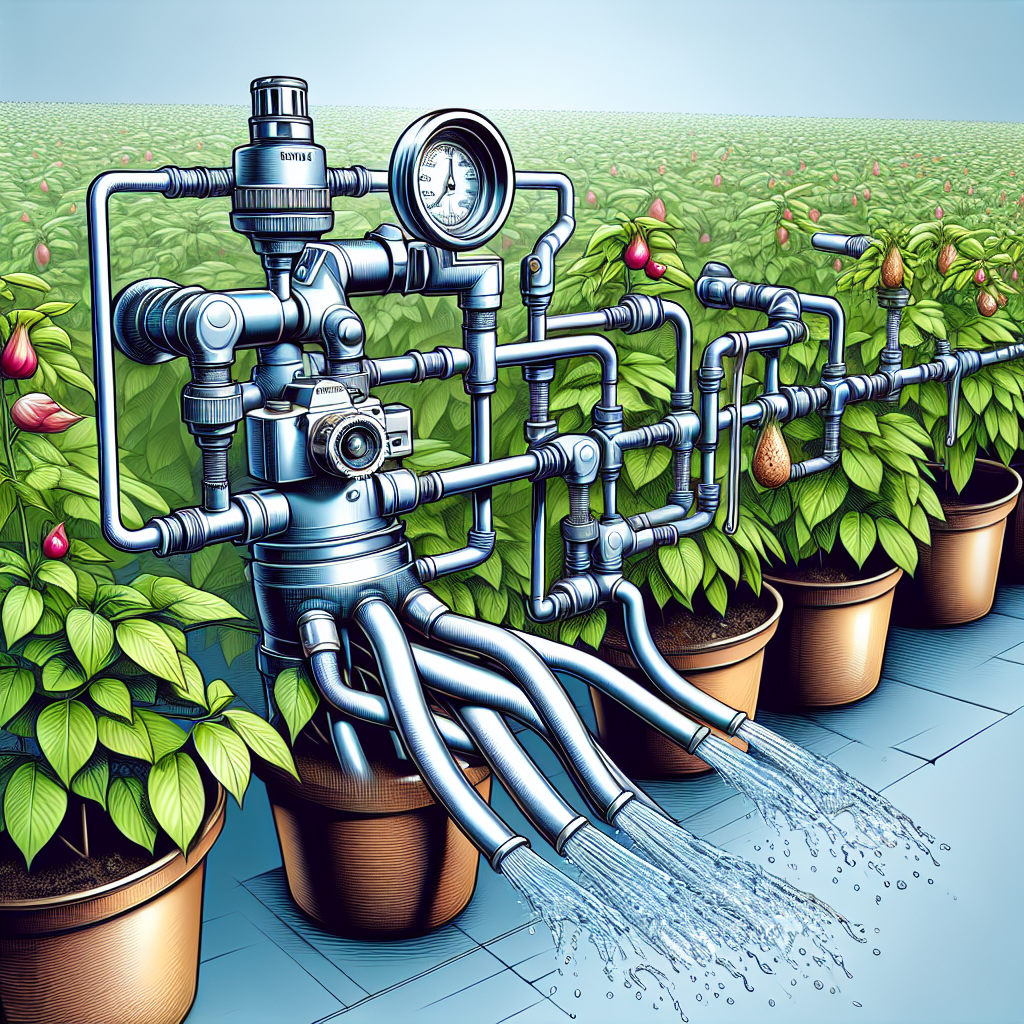Water is essential for the survival of all living organisms, including plants. Proper watering is crucial for the health and vitality of your plants, but many people struggle with finding the most efficient and effective way to water their gardens. Traditional watering methods, such as hand watering or using sprinklers, can be wasteful and inefficient, leading to water runoff and uneven distribution.
To address these issues, many gardeners are turning to slow drip watering systems as a more sustainable and efficient way to water their plants. Slow drip systems deliver water directly to the root zone of plants at a slow rate, allowing for deeper penetration and more even distribution of water. This not only helps to conserve water by reducing runoff but also promotes healthier plant growth by ensuring that roots receive a consistent water supply.
There are several different types of slow drip watering systems available, each with its own unique benefits and features. In this article, we will explore some of the most popular options for simplifying your watering routine with slow drip systems.
1. Drip Irrigation Systems
Drip irrigation systems are one of the most widely used slow drip watering options for gardens and landscapes. These systems consist of a network of tubing that delivers water directly to the base of plants through emitters or drippers. Drip irrigation can be customized to deliver precise amounts of water to different plants based on their individual needs, making it an efficient and effective way to ensure that plants receive an adequate water supply.
Drip irrigation systems can be installed above or below ground, depending on your preferences and the layout of your garden. Above-ground systems are easy to install and maintain, while below-ground systems are less visible and may be better suited for larger gardens or commercial applications.
2. Soaker Hoses
Soaker hoses are another popular option for slow drip watering in gardens. These hoses have tiny pores along their length that allow water to seep out slowly and evenly along the entire length of the hose. Soaker hoses can be laid on the soil surface or buried slightly underground to deliver water directly to plant roots.
Soaker hoses are versatile and can be easily customized to fit any garden layout or plant arrangement. They are also cost-effective and require minimal maintenance compared to other types of watering systems. Soaker hoses are particularly well suited for flower beds, vegetable gardens, and other densely planted areas where precise watering is necessary.
3. Self-Watering Pots
For container gardening enthusiasts, self-watering pots offer a convenient and efficient way to provide a consistent water supply to potted plants without the need for frequent manual watering. Self-watering pots typically consist of two separate compartments – one for soil and plants, and another for a reservoir of water.
A wick or capillary action draws moisture from the reservoir into the soil as needed, ensuring that plant roots have access to water at all times. Self-watering pots come in various sizes and styles suitable for indoor or outdoor use, making them an excellent option for apartment dwellers or those with limited gardening space.
4. Micro Irrigation Systems
Micro irrigation systems provide targeted irrigation at a very localized level by delivering small amounts of water directly to individual plant root zones through micro-sprayers or drippers attached to flexible tubing. These systems are highly efficient in terms of water conservation since they minimize evaporation loss by delivering moisture precisely where it is needed most.
Micro irrigation systems are ideal for use in vegetable gardens, raised beds, hanging baskets, or other small-scale planting areas where precise control over watering is essential. These systems can also be automated with timers or sensors for hands-free operation, making them an excellent choice for busy gardeners who want a low-maintenance solution.
5. Rain Barrels
Rain barrels offer a simple yet effective way to collect rainwater from your roof gutters and use it as a sustainable source of irrigation for your garden beds or containers. By capturing rainwater that would otherwise flow off into storm drains, rain barrels help reduce stormwater runoff pollution while providing free access to fresh water for your plants.
To use rainwater from barrels as part of a slow drip system, attach a soaker hose or drip tubing directly from the barrel’s spigot outlet into your garden beds or containers as needed. Rain barrels come in various sizes and styles suitable for different needs; some models even have built-in filters or screens to prevent debris from entering the barrel’s storage capacity.
Conclusion:
In conclusion…(please continue)














